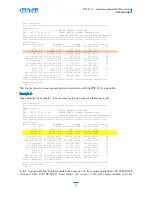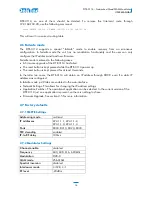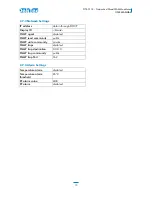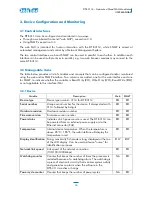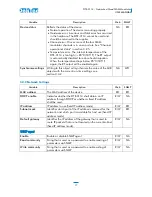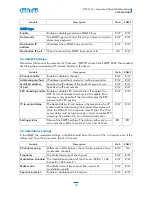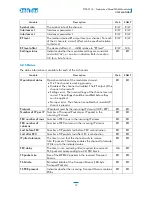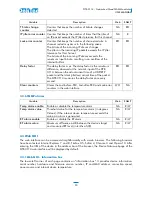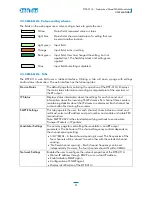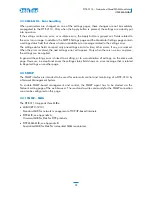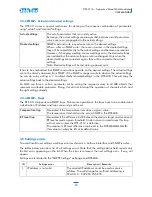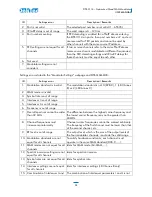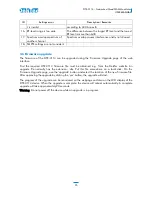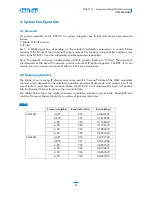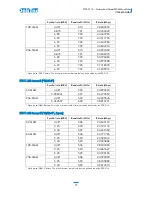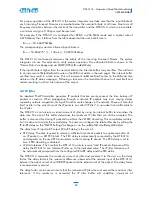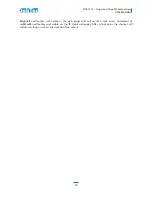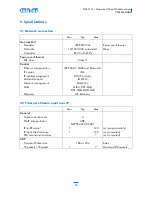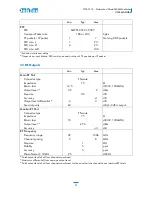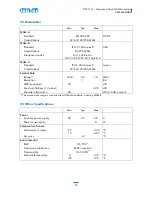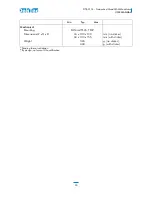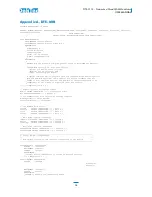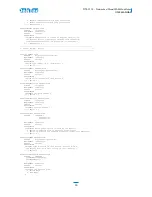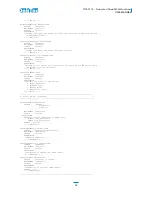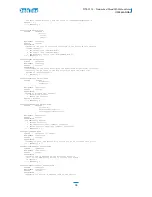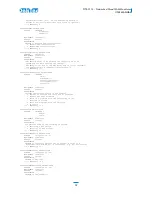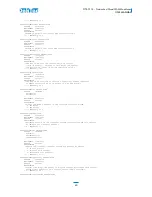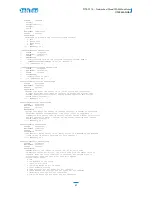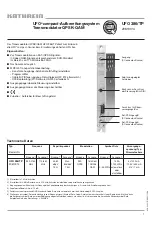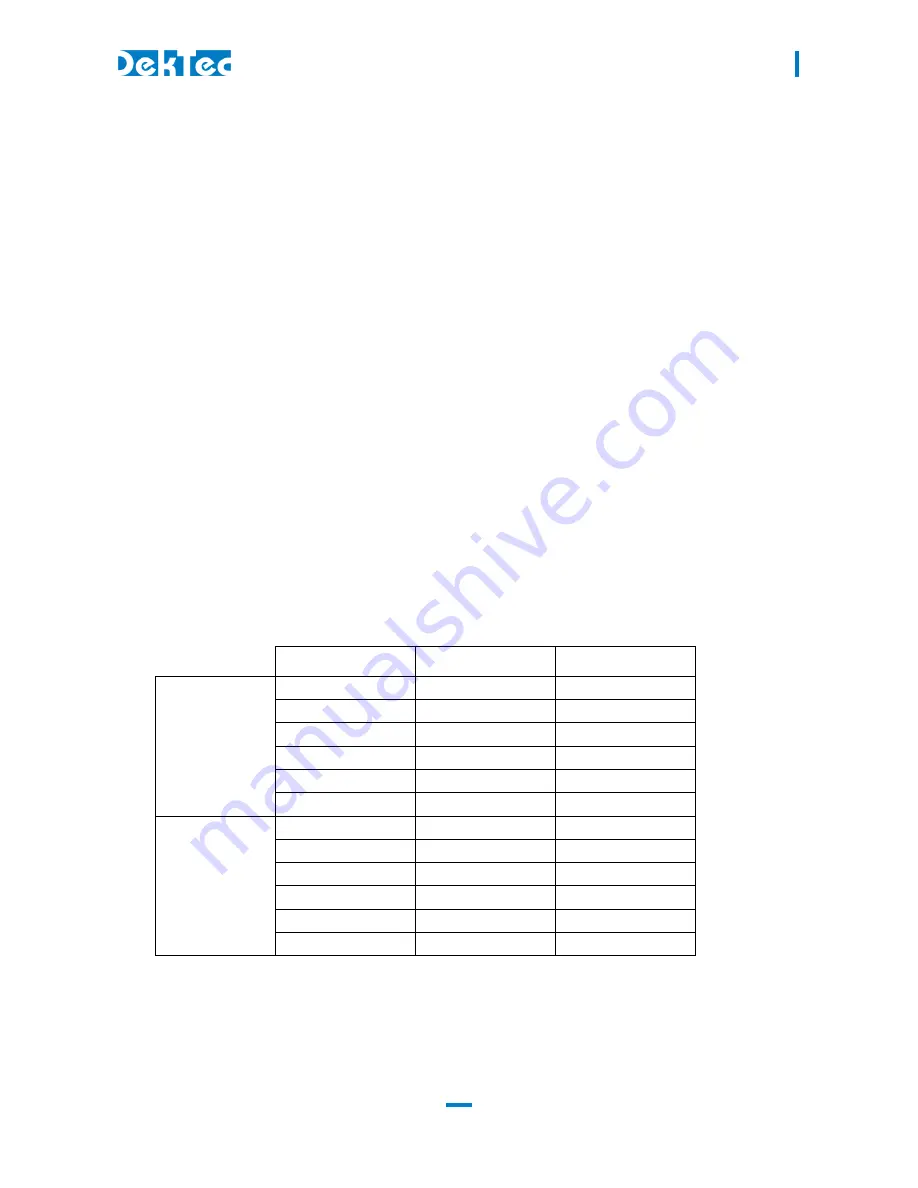
DTE-3114 – Networked Quad QAM Modulator
USER
MANUAL
26
4. System Configuration
4.1 General
For proper operation of the DTE-3114 a system integrator has to take into account two essential
factors:
1. Bitrate of the IP streams
2. IP jitter
Ad 1. A QAM signal has, depending on the selected modulation parameters, a certain bitrate
capacity. If the bitrate of the incoming IP stream exceeds this capacity, internal buffer overflows may
occur in the DTE-3114 and no sustainable reliable operation is possible.
Ad 2. The network will cause variable delays of the IP packets, leading to “IP jitter”. The amount of
jitter depends on the size of the network, and the amount of IP-traffic congestion. The DTE-3114 will
have to know the maximum amount of jitter so that it can compensate.
4.2 Managing bitrates
The bitrate of an incoming IP streams may not exceed the “nominal” bitrate of the QAM-modulator
channel, which depends on the selected modulation standard, QAM mode, and symbol rate. If the
input bitrate is lower than the nominal bitrate, the DTE-3114 will automatically insert null packets
into the Transport Stream to achieve the nominal bitrate.
The tables below show the relation between modulation standard, symbol rate, bandwidth and
resulting Transport-Stream bitrate for a number of typical symbol rates.
DVB-C
Symbol rate (MBd)
Bandwidth (MHz)
Bitrate (Mbps)
32-QAM
4.48*
5.15
20.643137
6.875
7.91
31.678922
6.89
7.92
31.748039
6.90
7.94
31.794118
6.92
7.96
31.886275
6.95
7.99
32.024510
64-QAM
4.48*
5.15
24.771765
6.875
7.91
38.014706
6.89
7.92
38.097647
6.90
7.94
38.152941
6.92
7.96
38.263529
6.95
7.99
38.429412


